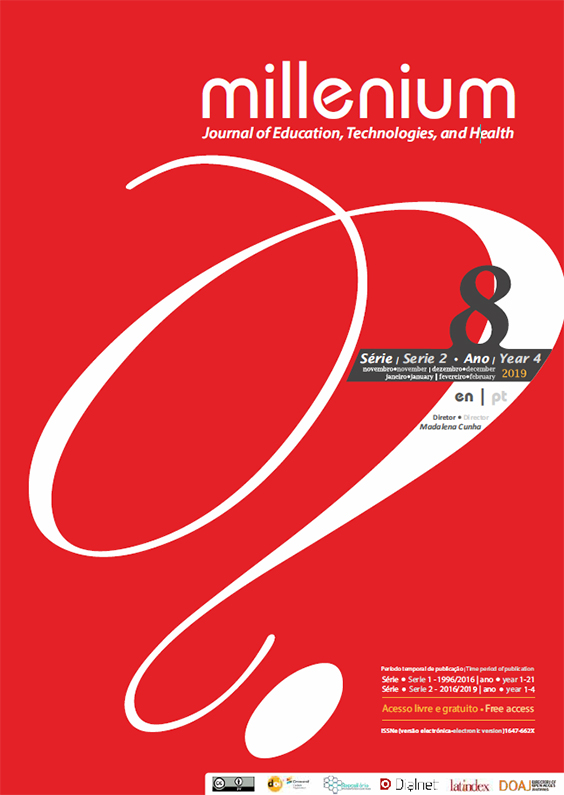Research on strength properties of geopolymer based on tungsten mine waste and recycled ground glass
DOI:
https://doi.org/10.29352/mill0208.01.00185Keywords:
geopolymer, geopolymeric binder, tungsten mine waste, recycled ground glass.Abstract
Introduction: Geopolymers are the modern inorganic materials obtained as a result of chemical reaction under strongly alkaline conditions. The main advantages of these materials are: high strength parameters, fire resistance, frost resistance and resistance to aggressive environment. Because of lower CO2 emission during production process, they are also considered as environmentally friendly materials in comparison to ordinary Portland cement (OPC) systems.
Objectives: The aim of the investigation was to define the impact of recycled ground glass addition on mechanical properties of geopolymeric binder made from tungsten mine waste.
Methods: The strength parameters of geopolymeric samples were determined on the basis of three-point flexural test and uniaxial compression test.
Results: The geopolymer samples that contain 20%, 40% and 80% of recycled ground glass present similar flexural strength. The compressive strength of glass-based geopolymers increases with growing content of recycled ground glass.
Conclusions: In terms of flexural strength, the most favourable composition was the mixture composed of 60% recycled ground glass and 40% tungsten mine waste. In terms of compressive strength, the most favourable composition was the mixture composed of 80% recycled ground glass and 20% tungsten mine waste.
Downloads
References
Adam, A. A., Horianto (2014). The effect of temperature and duration of curing on the strength of fly ash based geopolymer mortar. Procedia Engineering, 95, 410-414.
Christiansen, M.U. (2013). An Investigation of Waste Glass-Based Geopolymers Supplemented with Alumina. PhD Thesis, Michigan Technological University.
Davidovits, J. (2008): Geopolymer Chemistry & Applications. Saint-Quentin: Institut Géopolymere.
Dawczyoski, S., Górski, M., Krzywoo, R. (2016). Geopolymer as an alternative ecological material for buildings. Proceedings of 14th International Conference on New Trends in Statics and Dynamics of Buildings. Bratislava: Slovak University of Technology.
Górski, M., Krzywoo, R., Safuta, M., Paszek, N., Dawczyoski, S., Pizoo, J. (2016). Laboratory test of material properties of geopolymers made out of postmining waste and their numerical modelling'. Materiały Budowlane, 8, 89-91.
Pacheco-Torgal, F., Castro-Gomes, J. P., Jalali, S. (2005). Geopolimeric Binder Using Tungsten Mine Waste: Primarily Investigation. Geopolymer, Green Chemistry and Sustainable Development Solutions, Geopolymer Institute.
Pacheco-Torgal, F., Castro-Gomes, J. P., Jalali, S. (2007). Using Mine Waste Mud to Produce Environmentally Friendly New Binders. In Portugal SB07, Sustainable Construction, Materials and Practices, Challenge of the industry for the New Millennium (pp. 912-917). Amsterdam: IOS Press BV.
Pacheco-Torgal, F., Castro-Gomes, J. P., Jalali, S. (2008). Investigations of tungsten mine waste geopolimeric binder: Strength and microstructure. Construction and Building Materials, Vol. 22 (11), 2212-2210.
Provis, J. L., van Deventer, J. S. J. (2009): Geopolymers - Structure, processing, properties and industrial applications. Oxford, Cambridge, New Delhi: Woodhead Publishing Limited.
REMINE (2018). Retrieved from https://reminemsca.wordpress.com
Sangiorgi, C., Lantieri, C., Tatarani, P., Castro-Gomes, J., Gabriel, M. (2016). Reuse of mining waste into innovative alkali-activated-based materials for road pavement applications. Functional Pavement Design. Erkens et al. (Eds). London: Taylor & Francis Group.
Vafaei, M., Allahverdi, A. (2017). High strength geopolymer binder based on waste-glass powder. Advanced Powder Technology, Vol. 28 (1), 215-222.
Vickers, L., van Riessen, A., Rickard, W.D.A. (2015): Fire-resistant Geopolymers. Role of Fibres and Fillers to enhance Thermal Properties. Singapore: Springer.
Zaharaki, D., Komnitsas, K. (2009). Effect of additives on the compressive strength of slag-based inorganic polymers. Global NEST Journal, Vol. 11(2), 137-146.
Downloads
Published
How to Cite
Issue
Section
License
Authors who submit proposals for this journal agree to the following terms:
a) Articles are published under the Licença Creative Commons (CC BY 4.0), in full open-access, without any cost or fees of any kind to the author or the reader;
b) The authors retain copyright and grant the journal right of first publication, allowing the free sharing of work, provided it is correctly attributed the authorship and initial publication in this journal;
c) The authors are permitted to take on additional contracts separately for non-exclusive distribution of the version of the work published in this journal (eg, post it to an institutional repository or as a book), with an acknowledgment of its initial publication in this journal;
d) Authors are permitted and encouraged to publish and distribute their work online (eg, in institutional repositories or on their website) as it can lead to productive exchanges, as well as increase the impact and citation of published work
Documents required for submission
Article template (Editable format)





